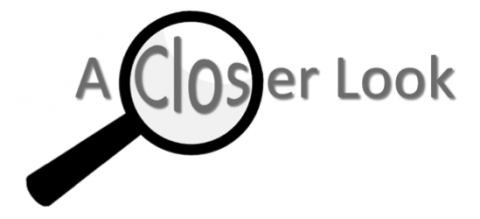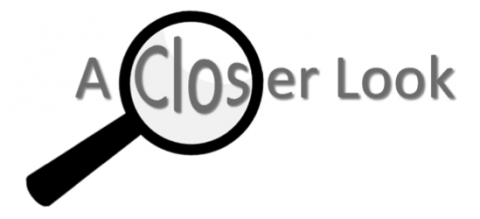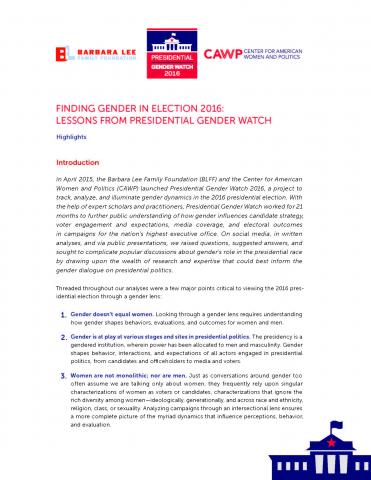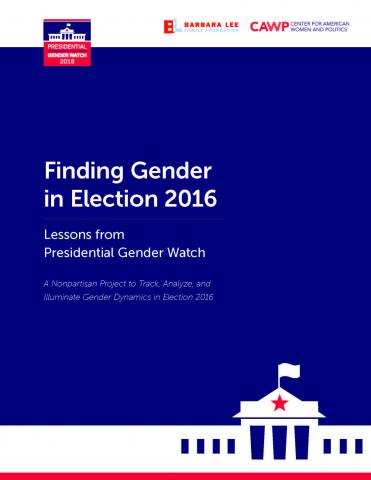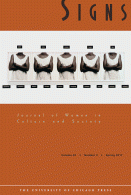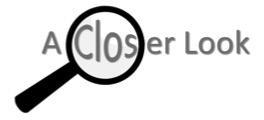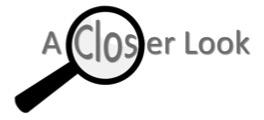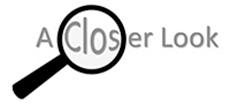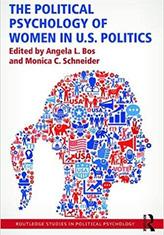Women Candidates in Election 2018: One Year from Election Day
by Kelly Dittmar, Ph.D.
Fact SheetResearchCAWP ScholarA Closer LookCandidates and CampaignsStatewide ExecutiveCongressWomen Running in 2017: Assessing NJ and VA State Legislative Elections
by Kelly Dittmar, Ph.D.
Fact SheetResearchCAWP ScholarA Closer LookPolitical PartiesCandidates and CampaignsState LegislatureFinding Gender in Election 2016: Highlights
by Kelly Dittmar, Ph.D.
Published by the Barbara Lee Family Foundation (BLFF) and the Center for American Women and Politics (CAWP)ReportResearchCandidates and CampaignsFederal ExecutiveFinding Gender in Election 2016
by Kelly Dittmar, Ph.D.
Published by the Barbara Lee Family Foundation (BLFF) and the Center for American Women and Politics (CAWP)ReportResearchCandidates and CampaignsFederal ExecutiveAsk a Feminist: A Conversation with Susan J. Carroll on Gender and Electoral Politics
ArticleResearchCAWP ScholarCandidates and CampaignsCandidates Matter: Gender Differences in Election 2016
by Kelly Dittmar, Ph.D.
Fact SheetResearchCAWP ScholarA Closer LookPolitical PartiesCandidates and CampaignsCandidate RecruitmentGender and Race/EthnicityState LegislatureStatewide ExecutiveCongressWomen in State Legislatures 2017
by Kelly Dittmar, Ph.D.
Fact SheetResearchCAWP ScholarA Closer LookCandidates and CampaignsGender and Race/EthnicityState LegislatureWomen in Statewide Elected Executive Office 2017
by Kelly Dittmar, Ph.D.
Fact SheetResearchCAWP ScholarA Closer LookCandidates and CampaignsGender and Race/EthnicityStatewide Executive#WomenRun2016: Statewide Elected Executive Office Outlook
by Kelly Dittmar, Ph.D.
Fact SheetResearchCAWP ScholarA Closer LookCandidates and CampaignsGender and Race/EthnicityStatewide ExecutiveWomen’s Decisions to Run for Office: A Relationally Embedded Model
by Kira Sanbonmatsu and Susan J. Carroll
Book chapter in The Political Psychology of Women in U.S. Politics, edited by Angela L. Bos and Monica C. Schneider (New York: Routledge, 2016)Book ChapterResearchCAWP ScholarCandidates and CampaignsCandidate RecruitmentState Legislature


